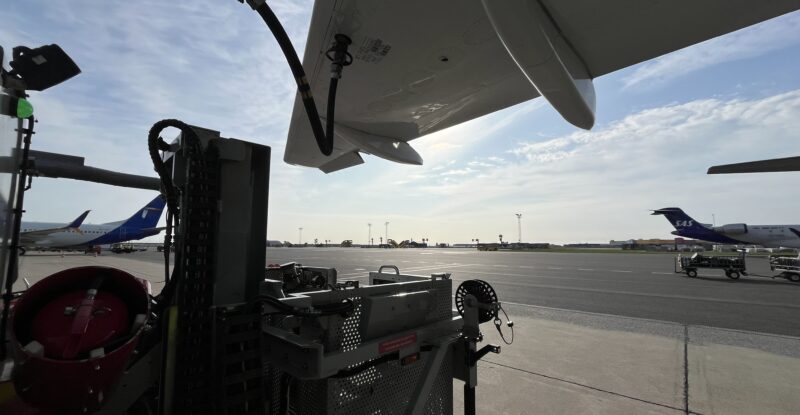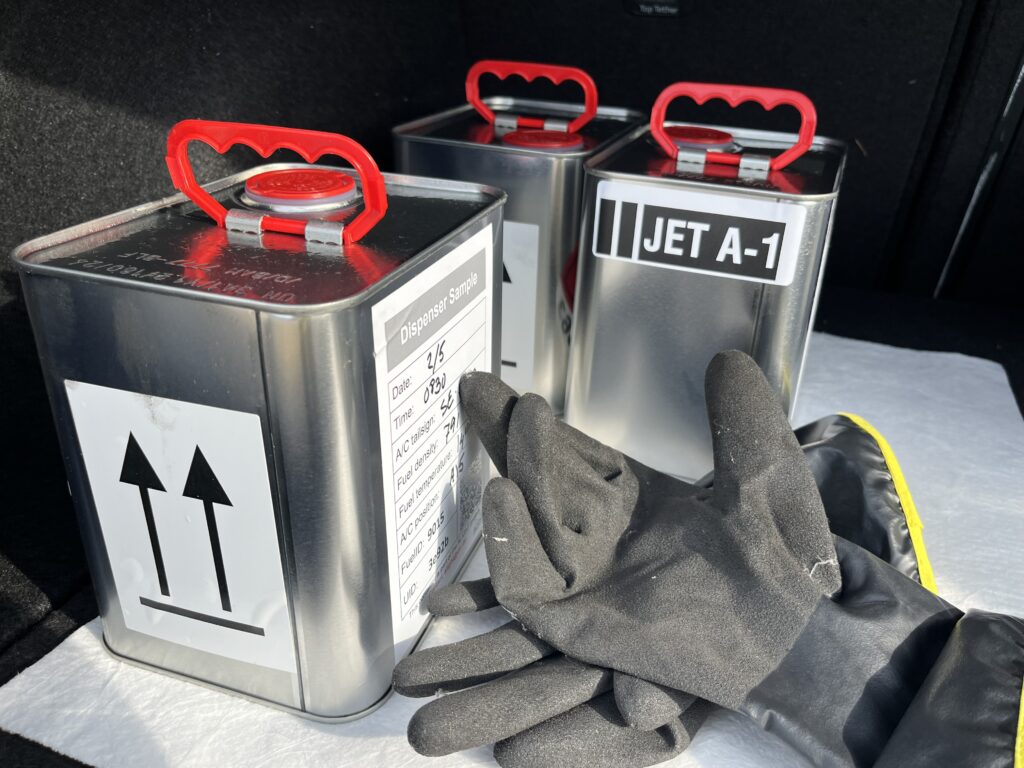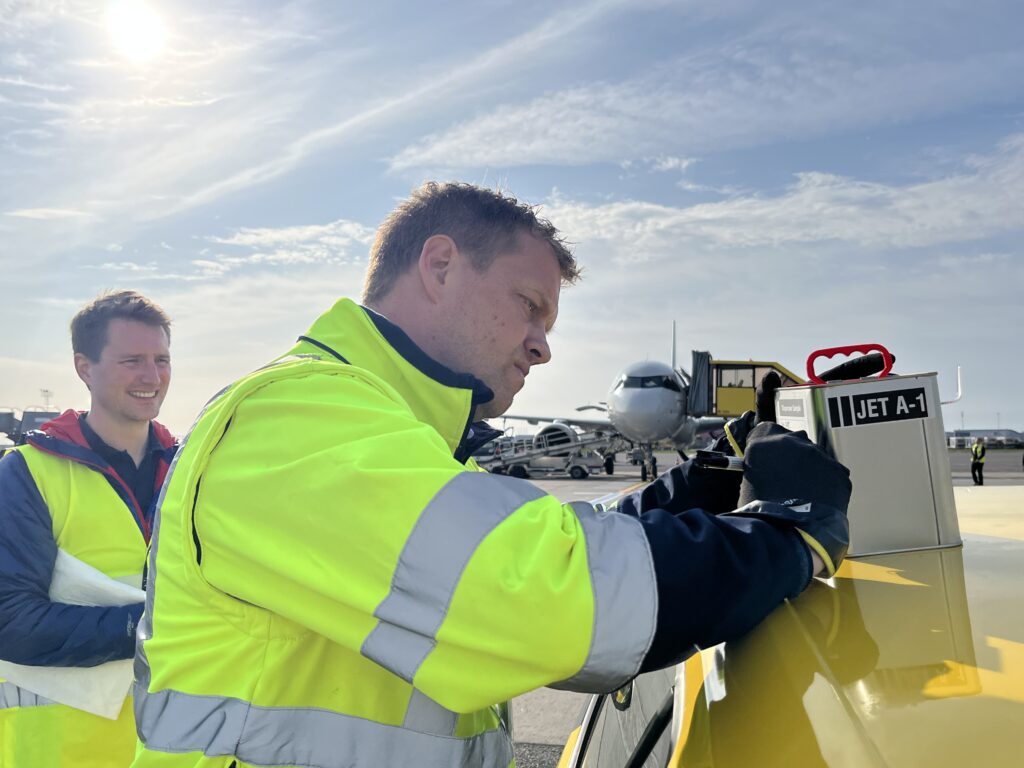 Copenhagen Airport, in collaboration with the EU-funded ALIGHT project and its partners SAS and the German Aerospace Center (DLR), has launched FuelTrack — a pioneering measurement campaign set to deliver the first-ever comprehensive dataset directly linking jet fuel properties to aircraft emissions and local air quality.
Copenhagen Airport, in collaboration with the EU-funded ALIGHT project and its partners SAS and the German Aerospace Center (DLR), has launched FuelTrack — a pioneering measurement campaign set to deliver the first-ever comprehensive dataset directly linking jet fuel properties to aircraft emissions and local air quality.
Until now, the precise properties of fuel at individual aircraft level have largely remained unknown due to complex airport fuel distribution and a lack of monitoring. Even within existing specification limits, variations in fuel composition — and resulting fuel properties — have been shown under laboratory and standardized engine test rig conditions to influence combustion processes and formation of pollutants. The FuelTrack campaign now extends this investigation into real-world daily operations at an airport environment.
“We are creating a unique scientific dataset,” says Dr. Benedict Enderle, Senior Scientist at DLR’s Institute of Combustion Technology. “By analyzing both fuel properties — like aromatics and sulphur content — and real-time aircraft emissions during taxi operations, we’re gaining unprecedented insight into how fuel properties influence combustion performance and emissions.
“Although we expect to see mostly conventional fuels during the measurement campaign, the use of Sustainable Aviation Fuels (SAF) is expected to increase due to regulatory requirements. With this shift, fuel composition variability is likely to grow-offering opportunities for targeted emissions reductions. To fully understand and leverage this potential, we need detailed data not only from laboratory experiments but also from real-world operational settings.
The ALIGHT project aims to close this knowledge gap, with findings that will inform both the aviation industry and research community.
“The majority of the fuel burned when aircraft are on the ground at CPH is the fuel the aircraft were refueled with at the departing airport,” adds Peter Wiboe Holm, Senior Sustainability Advisor.
“In relation to the local air quality in CPH, we are therefore very interested in understanding this natural variation in the fuel composition and using the results to strengthen our knowledge in the field and thereby support our existing air quality program. Understanding how different fuel blends, including sustainable aviation fuels, impact local air quality is essential for developing cleaner fuels and reducing aviation’s environmental footprint.”
Breakthrough in Emissions Research
The FuelTrack campaign will collect and analyze:
- Real-time emissions from aircraft during taxi operations
- Detailed fuel samples from both aircraft and the fuel distribution system at the airport
- Flight data across multiple aircraft types
- Variations in fuel properties from different airports
Emissions data is collected using an array of measurement equipment strategically positioned on the apron-including a van-based, mobile high-fidelity measurement lab from DLR.
Direct Correlation and Scientific Impact
For the first time, FuelTrack will enable direct correlation between the fuel supplied to aircraft and their resulting emissions under fully operational conditions at an airport. This unprecedented dataset will support:
- Optimization of future jet fuel compositions
- Evaluation of sustainable aviation fuel (SAF) blends
- Air quality improvements at airports
- Development of targeted emission reduction strategies
Scope:
The study will collect data over a time period of two weeks, establishing a baseline for current fuel variations, mapping emissions across aircraft types, and providing critical evidence for future fuel development and sustainable aviation policy. The results of the measurement campaign are expected to be ready during the autumn.
About ALIGHT
The ALIGHT project, funded by the European Union’s innovation program, develops sustainable aviation solutions through scientific research and practical application.
All images credited to ALIGHT












